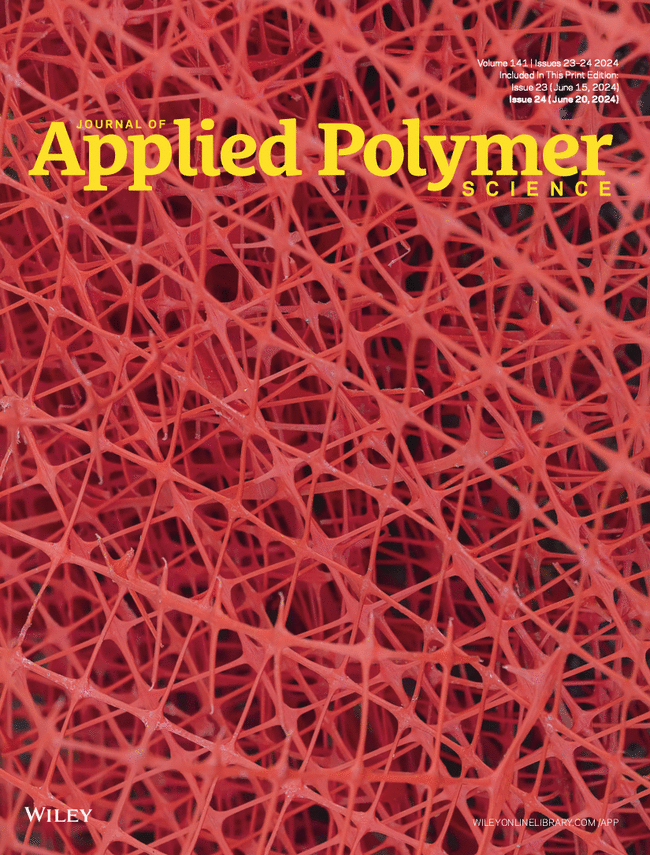Thermal, Physical, Chemical, and Mechanical Properties of Cellulose Acetate From Cigarette Filters
Abstract
Cigarette filters, primarily composed of cellulose acetate (CA) fibers, pose a significant environmental concern due to their persistence and potential toxicity. This study aimed to comprehensively characterize the physicochemical and thermomechanical properties of CA fibers from unsmoked and smoked cigarette filters. Fourier-transform infrared spectroscopy (FTIR) analysis revealed distinct spectral changes in smoked filters, indicating smoke residue deposition. The higher degree of substitution (DS) observed in filter fibers relative to pure CA powder suggests reduced biodegradability and potential for long-term environmental persistence. Morphological analysis using optical and scanning electron microscopy confirmed the trilobal fiber structure of CA. Thermogravimetric analysis (TGA) demonstrated similar decomposition behavior for all samples, with moisture retention and volatiles in filter fibers. Differential scanning calorimetry (DSC) revealed the effects of additives and smoking on the thermal transitions of CA. Dynamic mechanical analysis (DMA) indicated comparable thermomechanical behavior between unsmoked and smoked filters. The storage moduli were fitted into a modified stiffness–temperature model, evidencing changes in the bond strength distribution as a function of smoking condition. This research provides a comprehensive framework for understanding the impact of the smoking process on the properties and environmental behavior of CA filter fibers.

 求助内容:
求助内容: 应助结果提醒方式:
应助结果提醒方式:


